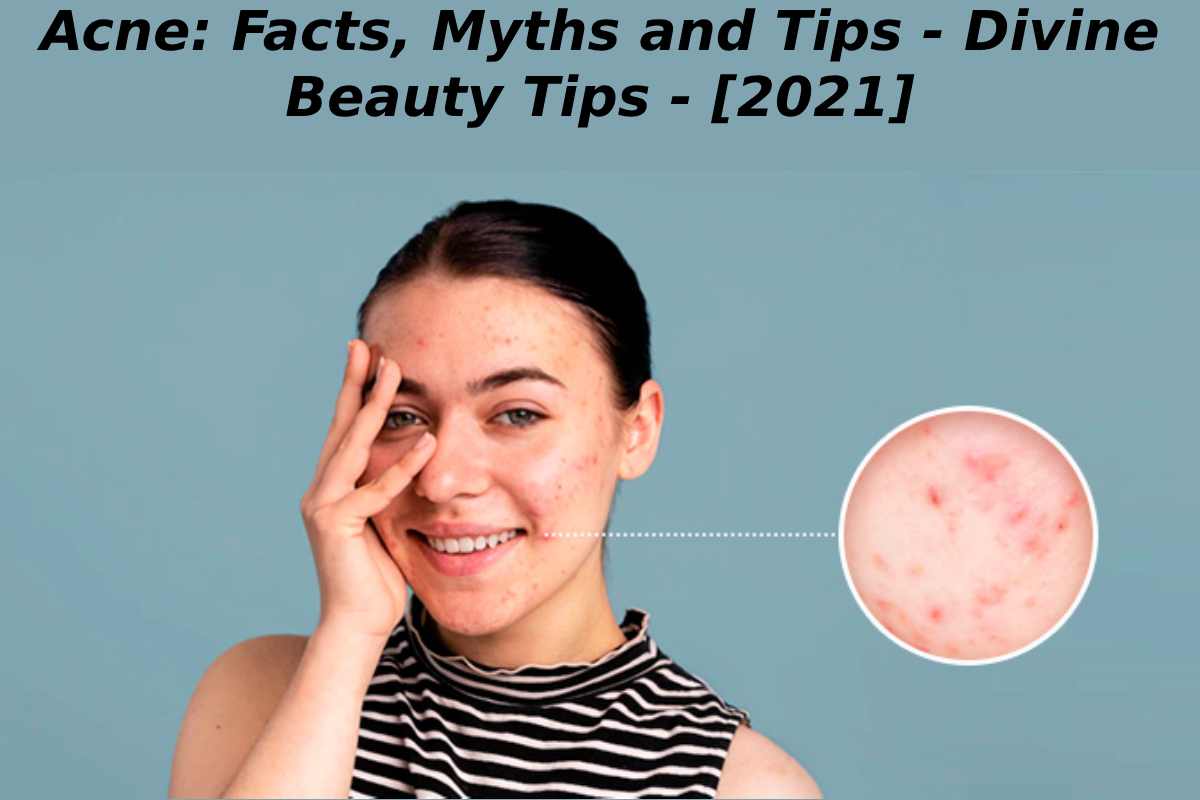Everyone is familiar with Acne but do we really understand what it really means? Let’s investigate the physiology of each bump and pimple with Pharmica, to dispel any myths and find the right treatments for you.
Table of Contents
What Is Acne?
First of all, it is important to understand what acne is. Acne often appears on various areas of the body like the face, back, neck, shoulders and chest, where the most of sebaceous glands are located. These glands secrete oily sebum that travels down the shaft of the hair to lubricate the hair and skin. However, when that sebum is overproduced and the hair is blocked from growing with dead skin cells, they form a plug. As a result, that allows the sebum to build and create a moist environment that causes microorganisms and bacteria to breed and thrive, infecting the pores and causing inflammation. This process results in acne development and therefore it is important to know how to identify the problem.
Identifying Acne:
It is important to understand that Hair Follicles (or Pores) that produce sweat from the glands in the skin generally do not contribute to causing acne. The actual reasons behind it are:
- Dead Skin Cells – Often exfoliation of the dead skin cells can help to avoid the formation of a layer of dead skin that covers the pore exit.
- Bacteria – microorganisms grow in moist and humid locations like the sebum-clogged follicle.
- Clogged Pores – the dead skin that layers the pores creates a plug and fills the follicles.
- Oil Production – producing too much sebum causes overwhelming traffic in pores and therefore jams.
Types Of Spots:
It can be categorized into 6 different types, varying in duration, treatments and seriousness.
- Pustules (or Pimples) – easily recognised by the yellow or white plugs that are surrounded by inflamed red skin due to the bacteria growth inside.
- Blackheads – when the plug is exposed to air and changes colour to dark.
- Whiteheads – when the plug grows and extends the size of the pore, protruding as a whitehead.
- Papules – small red bumps on the surface of the skin.
- Nodules – when the lesion is hard and lodges deep within the skin.
- Cysts – deep inside blockage that is inflamed that is soft and filled with pus that could potentially result as scars.
The Cause of Acne:
When it comes to identifying the specific causes of Acne, science is yet to find the exact cause of acne due to its multifaceted nature and condition At this point, researchers compiled multiple contributing factors but there are still many myths circulating around the internet which we break down below:
Acne Myths:
- Dirty Skin – it is commonly believed that acne appears if the skin is not cleaned properly and regularly. In reality, it is a myth. In fact, trying to aggressively scrub the face with powerful soaps and other chemical products can make the acne worse by further irritating the skin. To mitigate that, gentle removal of dirt, oil and dead skin can potentially minimise the risks of getting acne.
- Consuming Unhealthy and Oily Food – another myth that consumption of greasy food could cause acne where in reality, it barely affects it. However, working in an environment like catering could increase the risk of acne due to the fact that grease could attach to the face and fill the hair follicles.
- Makeup – using oil-free makeup helps to avoid blocking and layering pores. However, ensure to remove it properly and regularly to allow the skin to breathe.
Truths:
- Diet – consumption of products that have high proportions of carbohydrates, chocolate or dairy is proven to increase the risk of acne.
- Stress – fluctuations in hormones and mental health could lead to a higher chance of sebum secretion in the pores.
- Friction – physical contact that can be caused by tight clothes, headwear and mobile phones could create additional pressure and irritate the skin.
- Family History – genetics could potentially make your skin predisposed to acne.
Right Skin Routine:
In order to reduce the risk of acne, there are key important steps that need to be taken into account during your daily hygiene routine.
- Exfoliation – it is important to remove the dead cells by gently scrubbing your face in a circular motion.
- Use Right Soaps and Creams – avoid using powerful and harsh chemicals and treatments when washing your skin. For example, using Dermol 500 soap and moisturiser can efficiently treat skin conditions such as acne, dry and itchy skin.
- Oil-Free Makeup – using oil-free makeup reduces the risk of irritating the skin and reduce the acne growth.

